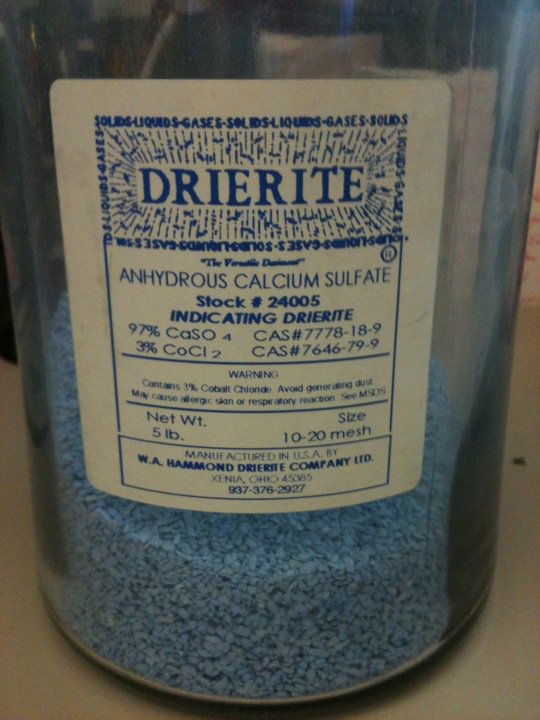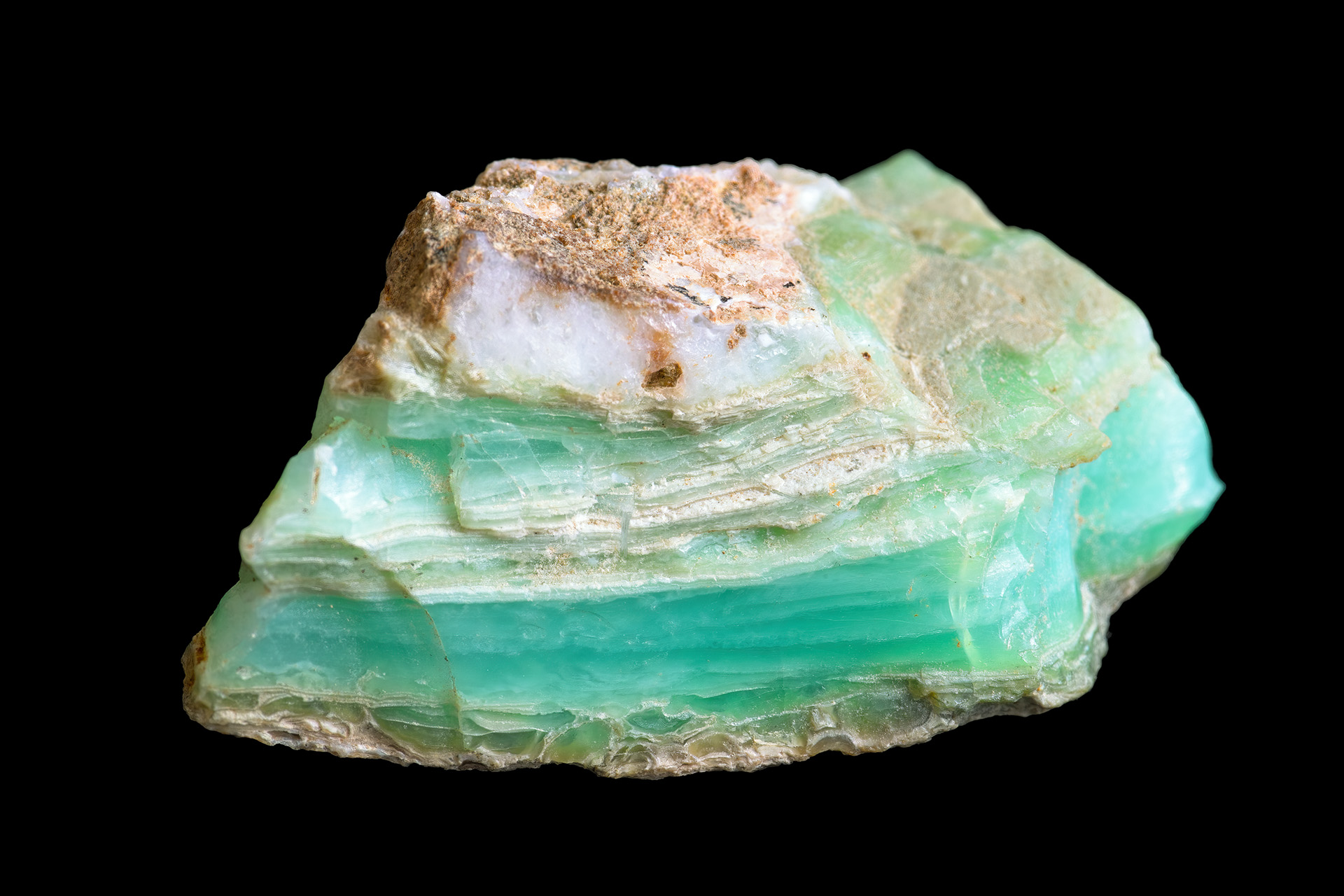|
Caliche
Caliche () is a soil accumulation of soluble calcium carbonate at depth, where it precipitates and binds other materials—such as gravel, sand, clay, and silt. It occurs worldwide, in aridisol and mollisol soil orders—generally in arid or semiarid regions, including in central and western Australia, in the Kalahari Desert, in the High Plains (United States), High Plains of the western United States, in the Sonoran Desert, Chihuahuan Desert and Mojave Desert of North America, and in eastern Saudi Arabia at Al-Ahsa Oasis, Al-Hasa. Caliche is also known as calcrete or kankar (in India). It belongs to the duricrusts. The term is borrowed from Spanish and is originally from the Latin word , meaning Lime (mineral), lime. Caliche is generally light-colored but can range from white to light pink to reddish-brown, depending on the minerals present. Caliche is a mark of older landscapes. It generally occurs on or very near the surface. Where caliche layers originate at some depth from ... [...More Info...] [...Related Items...] OR: [Wikipedia] [Google] [Baidu] |
Chile
Chile, officially the Republic of Chile, is a country in western South America. It is the southernmost country in the world and the closest to Antarctica, stretching along a narrow strip of land between the Andes, Andes Mountains and the Pacific Ocean. Chile had a population of 17.5 million as of the latest census in 2017 and has a territorial area of , sharing borders with Peru to the north, Bolivia to the northeast, Argentina to the east, and the Drake Passage to the south. The country also controls several Pacific islands, including Juan Fernández Islands, Juan Fernández, Isla Salas y Gómez, Desventuradas Islands, Desventuradas, and Easter Island, and claims about of Antarctica as the Chilean Antarctic Territory. The capital and largest city of Chile is Santiago, and the national language is Spanish language, Spanish. Conquest of Chile, Spain conquered and colonized the region in the mid-16th century, replacing Incas in Central Chile, Inca rule; however, they Arauco War ... [...More Info...] [...Related Items...] OR: [Wikipedia] [Google] [Baidu] |
Gypcrust
Gypcrete or gypcrust is a hardened layer of soil, consisting of around 95% gypsum (calcium sulfate). Gypcrust is an arid zone duricrust. It can also occur in a semiarid climate in a basin with internal drainage, and is initially developed in a playa as an evaporate. Gypcrete is the arid climate's equivalent to calcrete, which is a duricrust that is unable to generate in very arid climates. Composition Gypcrust horizons can be up to thick with a 75–97% gypsum (CaSO4∙2H2O) content. The majority of gypsum-rich layers occur where the average annual rainfall is less than 250 mm because gypsum is moderately soluble (c. 2.6 g−1 at 25 °C) and is normally leached out under higher rainfall conditions. Gypsum cements are rarely, if ever, as strong as calcretes or silcretes. Formation Gypcrust forms in a manner similar to that of caliche, which is composed of calcium carbonate Calcium carbonate is a chemical compound with the chemical formula . It is a common ... [...More Info...] [...Related Items...] OR: [Wikipedia] [Google] [Baidu] |
Duricrust
Duricrust is a hard layer on or near the surface of soil. Duricrusts can range in thickness from a few millimeters or centimeters to several meters. It is a general term (not to be confused with duripan) for a zone of chemical precipitation and hardening formed at or near the surface of sedimentary bodies through pedogenic or non-pedogenic processes. It is typically formed by the accumulation of soluble minerals deposited by mineral-bearing waters that move upward, downward, or laterally by capillary action. It is commonly assisted in arid settings by evaporation.Dixon, J.C. and McLaren, S.J., 2009. ''Duricrusts''. In A.J. Parsons and A.D. Abrahams, ed., pp. 123-151. ''Geomorphology of desert environments.'' Springer, Dordrecht. Woolnough, W.G., 1930. ''The influence of climate and topography in the formation and distribution of products of weathering.'' ''Geological Magazine'', 67(3), pp.123-132. There are different types of duricrusts, each distinguished by a dominant mineralo ... [...More Info...] [...Related Items...] OR: [Wikipedia] [Google] [Baidu] |
Calcium Sulfate
Calcium sulfate (or calcium sulphate) is an inorganic salt with the chemical formula . It occurs in several hydrated forms; the anhydrous state (known as anhydrite) is a white crystalline solid often found in evaporite deposits. Its dihydrate form is the mineral gypsum, which may be dehydrated to produce bassanite, the hemihydrate state. Gypsum occurs in nature as crystals ( selenite) or fibrous masses ( satin spar), typically colorless to white, though impurities can impart other hues. All forms of calcium sulfate are sparingly soluble in waterFranz Wirsching "Calcium Sulfate" in Ullmann's Encyclopedia of Industrial Chemistry, 2012 Wiley-VCH, Weinheim. and cause permanent hardness when dissolved therein. Hydration states Calcium sulfate occurs at three levels of hydration with different crystallographic structures: anhydrous, dihydrate, and hemihydrate. The anhydrous ( anhydrite) crystallizes as an tightly-bound orthohombic lattice with space group Pnma, in which each ... [...More Info...] [...Related Items...] OR: [Wikipedia] [Google] [Baidu] |
Soda Niter
Nitratine or nitratite, also known as cubic niter (UK: nitre), soda niter or Chile saltpeter (UK: Chile saltpetre), is a mineral, the naturally occurring form of sodium nitrate, NaNO3. Chemically it is the sodium analogue of saltpeter. Nitratine crystallizes in the trigonal system, but rarely occurs as well-formed crystals. It is isostructural with calcite. It is relatively soft and light with a Mohs hardness of 1.5 to 2 and a specific gravity of 2.24 to 2.29. Its refractive index, refractive indices are nω = 1.587 and nε = 1.336. The typical form is as coatings of white, grey to yellowish brown masses. The rare crystals when found typically have the :wikt:scalenohedral, scalenohedral form of the calcite Calcite is a Carbonate minerals, carbonate mineral and the most stable Polymorphism (materials science), polymorph of calcium carbonate (CaCO3). It is a very common mineral, particularly as a component of limestone. Calcite defines hardness 3 on ... structure. It is found on ... [...More Info...] [...Related Items...] OR: [Wikipedia] [Google] [Baidu] |
Opal
Opal is a hydrated amorphous form of silicon dioxide, silica (SiO2·''n''H2O); its water content may range from 3% to 21% by weight, but is usually between 6% and 10%. Due to the amorphous (chemical) physical structure, it is classified as a mineraloid, unlike crystalline forms of silica, which are considered minerals. It is deposited at a relatively low temperature and may occur in the fissures of almost any kind of rock (geology), rock, being most commonly found with limonite, sandstone, rhyolite, marl, and basalt. The name ''opal'' is believed to be derived from the Sanskrit word (), which means 'jewel', and later the Greek derivative (). There are two broad classes of opal: precious and common. Precious opal displays play-of-color (iridescence); common opal does not. Play-of-color is defined as "a pseudo chromatic optical effect resulting in flashes of colored light from certain minerals, as they are turned in white light." The internal structure of precious opal cause ... [...More Info...] [...Related Items...] OR: [Wikipedia] [Google] [Baidu] |
Chalcedony
Chalcedony ( or ) is a cryptocrystalline form of silica, composed of very fine intergrowths of quartz and moganite. These are both silica minerals, but they differ in that quartz has a trigonal crystal structure, while moganite is monoclinic. Chalcedony's standard chemical structure (based on the chemical structure of quartz) is SiO2 (silicon dioxide). Chalcedony has a waxy luster, and may be semitransparent or translucent. It can assume a wide range of colors, but those most commonly seen are white to gray, grayish-blue or a shade of brown ranging from pale to nearly black. The color of chalcedony sold commercially is often enhanced by dyeing or heating. The name ''chalcedony'' comes from the Latin (alternatively spelled ) and is probably derived from the town of Chalcedon in Asia Minor. The name appears in Pliny the Elder's as a term for a translucent kind of jaspis. Another reference to a gem by the name of () is found in the Book of Revelation (21:19); however, i ... [...More Info...] [...Related Items...] OR: [Wikipedia] [Google] [Baidu] |
Laterite
Laterite is a soil type rich in iron and aluminium and is commonly considered to have formed in hot and wet tropical areas. Nearly all laterites are of rusty-red coloration, because of high iron oxide content. They develop by intensive and prolonged weathering of the underlying parent rock, usually when there are conditions of high temperatures and heavy rainfall with alternate wet and dry periods. The process of formation is called laterization. Tropical weathering is a prolonged process of chemical weathering which produces a wide variety in the thickness, grade, chemistry and ore mineralogy of the resulting soils. The majority of the land area containing laterites is between the tropics of Cancer and Capricorn. Laterite has commonly been referred to as a soil type as well as being a rock type. This, and further variation in the modes of conceptualizing about laterite (e.g. also as a complete weathering profile or theory about weathering), has led to calls for the term to be ... [...More Info...] [...Related Items...] OR: [Wikipedia] [Google] [Baidu] |
Kaolinite
Kaolinite ( ; also called kaolin) is a clay mineral, with the chemical composition Al2 Si2 O5( OH)4. It is a layered silicate mineral, with one tetrahedral sheet of silica () linked through oxygen atoms to one octahedral sheet of alumina (). Kaolinite is a soft, earthy, usually white, mineral (dioctahedral phyllosilicate clay), produced by the chemical weathering of aluminium silicate minerals like feldspar. It has a low shrink–swell capacity and a low cation-exchange capacity (1–15 meq/100 g). Rocks that are rich in kaolinite, and halloysite, are known as kaolin () or china clay. In many parts of the world kaolin is colored pink-orange-red by iron oxide, giving it a distinct rust hue. Lower concentrations of iron oxide yield the white, yellow, or light orange colors of kaolin. Alternating lighter and darker layers are sometimes found, as at Providence Canyon State Park in Georgia, United States. Kaolin is an important raw material in many industries and app ... [...More Info...] [...Related Items...] OR: [Wikipedia] [Google] [Baidu] |
Bauxite
Bauxite () is a sedimentary rock with a relatively high aluminium content. It is the world's main source of aluminium and gallium. Bauxite consists mostly of the aluminium minerals gibbsite (), boehmite (γ-AlO(OH)), and diaspore (α-AlO(OH)), Mixture, mixed with the two iron oxides goethite (FeO(OH)) and haematite (), the aluminium Clay minerals, clay mineral kaolinite () and small amounts of anatase () and ilmenite ( or ). Bauxite appears dull in Lustre (mineralogy), luster and is reddish-brown, white, or tan. In 1821, the French people, French geologist Pierre Berthier discovered bauxite near the village of Les Baux-de-Provence, Les Baux in Provence, southern France. Formation Numerous classification schemes have been proposed for bauxite but, , there was no consensus. Vadász (1951) distinguished Laterite, lateritic bauxites (silicate bauxites) from karst bauxite ores (carbonate bauxites): * The carbonate bauxites occur predominantly in Europe, Guyana, Suriname, and ... [...More Info...] [...Related Items...] OR: [Wikipedia] [Google] [Baidu] |
Quartzite
Quartzite is a hard, non- foliated metamorphic rock that was originally pure quartz sandstone.Essentials of Geology, 3rd Edition, Stephen Marshak, p 182 Sandstone is converted into quartzite through heating and pressure usually related to tectonic compression within orogenic belts, and hence quartzite is a metasandstone. Pure quartzite is usually white to grey, though quartzites often occur in various shades of pink and red due to varying amounts of hematite. Other colors, such as yellow, green, blue and orange, are due to other minerals. The term ''quartzite'' is also sometimes used for very hard but unmetamorphosed sandstones that are composed of quartz grains thoroughly cemented with additional quartz. Such sedimentary rock has come to be described as orthoquartzite to distinguish it from metamorphic quartzite, which is sometimes called metaquartzite to emphasize its metamorphic origins. Quartzite is very resistant to chemical weathering and often forms ridges and resist ... [...More Info...] [...Related Items...] OR: [Wikipedia] [Google] [Baidu] |







